Did you know that the history of money in Malta goes back over two thousand years? And, even more surprising is that the coins which were used centuries ago did not look extremely different to the coins we use today, consisting of similar round shapes, with a central image taking up the surface of the coin. However, the details changed and altered often, and the history of the coin is, in fact, very telling of the different rulers who ruled over Malta over the years.
500 BC - 218 BC
It was the Carthaginians, colonisers, and traders by nature, who brought the first known coins to Malta, mostly bronze, but also a minority of gold and silver coins. These first coins featured the head of the Greek mythological figure Persephone. But, this changed once the Romans spread their talons.
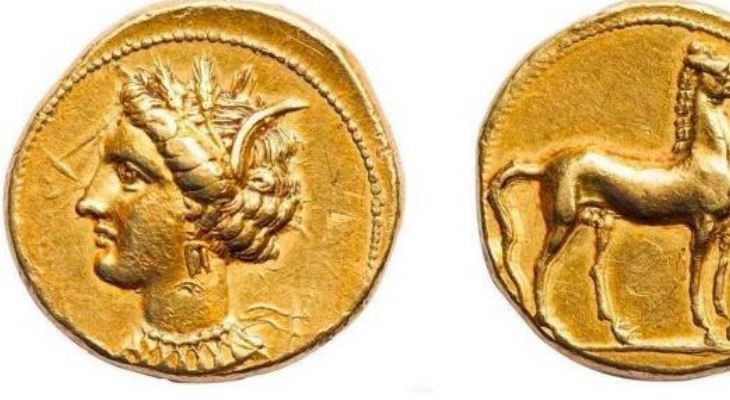
An example of a Carthiginian coin - Facebook / Tarek Alkhelifi
218 BC - 395 AD
With the Romans' conquest of the island, the typology and design of the coin changed. The first appearance of the inscription ‘MELITAS’ (Malta) was reportedly found on coinage from the period and the first Maltese coins also depicted a male with curly head and a thick beard. After the first century BC, Roman coinage became the standard currency used.

Example of Roman coins - Facebook / Ancient Roman Coin
395 - 870
As Malta was part of the Byzantine Empire from AD 535, the coins used locally reflected that. The coins bore a stamp of Santu Costantinu et Sancta Elena. The Byzantine currency included the gold Solidus, the silver Miliarense, and the bronze Follis.
890 - 1530
Malta was under the rule of an array of powers throughout this period, and the money used within the country reflected those rulers: the Arabs (890-1090), the Normans (1127-94), the Swabians (1194-1266), the Angevines (1266-1283) and the Aragonese (1284-1530).
1530 - 1798
Under the rule of the Order of St John, the Order minted their own coins. These were, of course, used in Malta. Gold pieces known as zecchini and scudi, silver coins known as tari, carlini, cinquini and copper coins, known as tari, carlini, cinquini, grani and piccioli were in circulation.
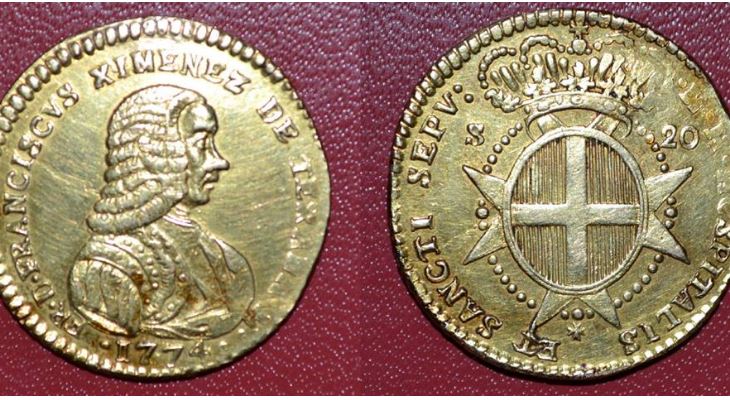
Facebook / Coins and medals of the Knights Malta
1798 - 1800
Napoleon Bonaparte took over the islands’ rule in June 1978 for a short period of time. The French took all the gold, silver and jewels that they could. Some of the silver was minted at Malta’s National Library, the Conservatoria, and converted into 30 and 15 tari pieces depicting Ferdinan von Hompesch, Malta’s last governing Grandmaster. In September of the same year, when the Maltese rebelled against the French troops, the gold and silver acquired was melted and kept in gold and silver bars which were later cut into small ingots and distributed as emergency money of sorts to the French troops.

Facebook / Mdina Metropolitan Chapter
1800 - 1964
At the beginning of the British rule, the currency used was a mix of coins which included those from the times of the Knights, as well as Spanish and Sicilian coins. In 1825, the British regularised the system and introduced British coins, including the silver crown, the half-crown, the shilling and the sixpence, as well as the copper penny, halfpenny, and farthing. Despite this, the Sicilian dollar was still used in local circulation due to trade. However, it was removed in 1886 when the Italian government demonetised it.
1972
The British system of pounds, shillings, and pence was no longer used and Malta finally had its own decimal currency, with the Maltese pound kept as the major currency unit, divided into 100 cents, and each cent had 10 mils. The Maltese pound was renamed the Maltese lira in 1983. The first set of coins had eight denominations: 50c, 10c, 5c and 2c in copper-nickel, and 1c in bronze, with 5m, 3m, and 2m in aluminum. A 25c coin was introduced in 1975.
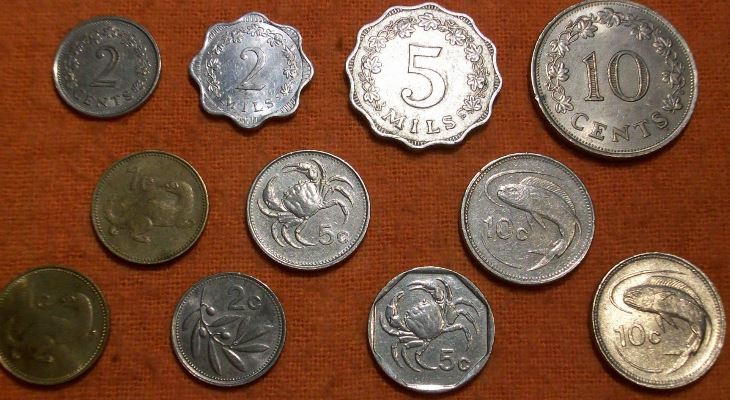
Facebook / Roberto Abel Pez
1986
The Maltese coins were given a makeover in 1986 and 1987, and the new monetary system was made up of LM1, 50c, 25c, 10c, 5c, 2c and 1c.
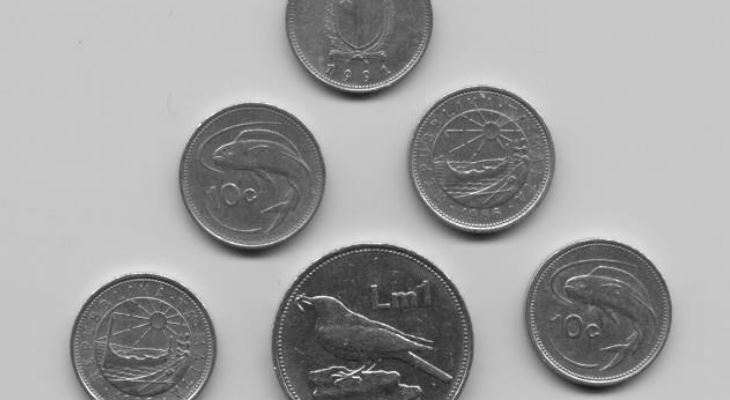
Facebook / Malta Coins
2008
After becoming an EU member in 2004, Malta adopted euro as its national currency on 1 January 2008 and the coinage depicted the symbols of the island's Coat of Arms, the Maltese Cross, and the Mnajdra Temples altar. The denominations of the euro are €2, €1, €0.50, €0.20, €0.10, €0.05, €0.02 and €0.01.
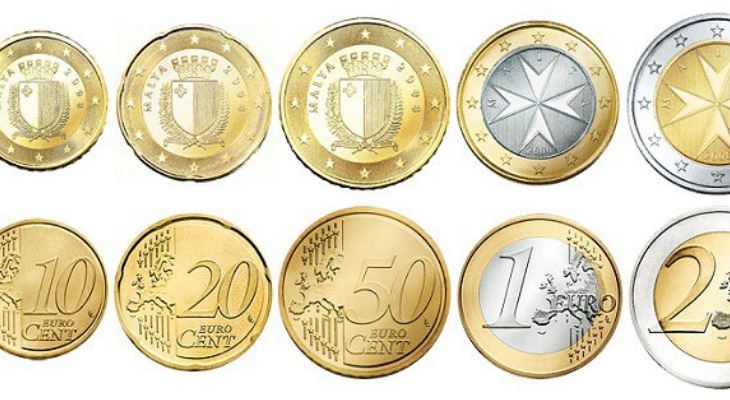
Facebook / Coins Collectors